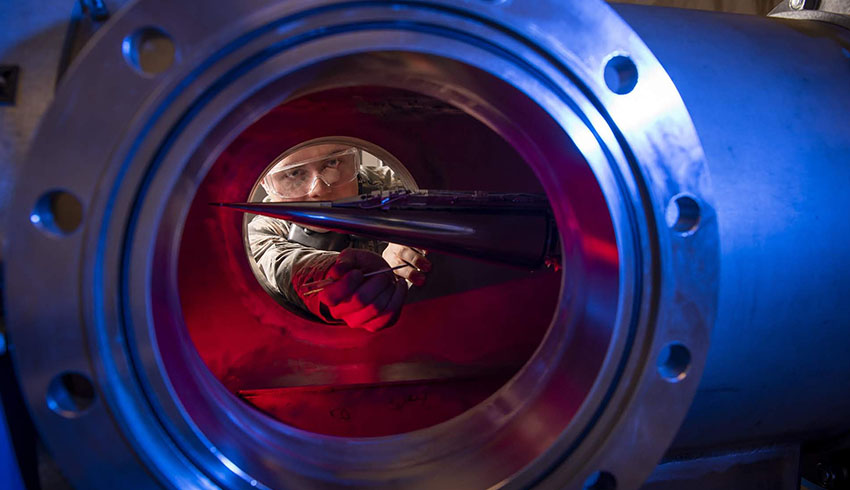Following recent advancements by peer adversaries like Russia and China, the US Air Force has redoubled efforts to develop weaponised hypersonic capabilities.
To continue reading the rest of this article, please log in.
Create free account to get unlimited news articles and more!
In the 1950s and 1960s, the US Air Force partnered with NASA to develop and test the X-15, a hypersonic, rocket-powered aircraft. The program saw a great deal of human capital, and money was invested in making the leap from supersonic to hypersonic – the potential to travel at five times the speed of sound or more than 3,000 mph (4,828 km/h).
Despite early successes, a series of near misses and research “gotchas” stalled much of the advancement in hypersonic capabilities, according to Dr. Russ Cummings, Air Force Academy professor of aeronautics and newly appointed director of the Department of Defense Hypersonic Capabilities Modernization Program’s Hypersonic Vehicle Simulation Institute.
At a Washington lecture series on hypersonics in December, Michael Griffin, the undersecretary of defense for research and engineering, said, “In the last year, China has tested more hypersonic weapons than we have in a decade. We’ve got to fix that.”
Griffin has pinpointed hypersonic capabilities as his “highest technical priority” since taking office with the goal of creating a decisive American advantage. The HVSI stood up in 2018. The DOD program will issue $6 million in grants over the next three to five years to universities for research to fill computational modeling gaps in the field of hypersonic simulation.
“Outdated modeling leads to conservative engineering approaches,” Cummings said. “For example, having inaccurate estimates for designing to mitigate the high heating on hypersonic vehicles impacts the weight and volume of the design, which can take away from the size of the payload,” Griffin added.
The grants will be used to fund applied science research in 10 categories to help engineer accurate computer codes for hypersonic vehicles while jump-starting interest and scholarship in the field.
About 10 to 15 percent of the research will take place in the aeronautics department of the Air Force Academy. Many test facilities were closed in the 1970s, but the Academy has two on-site high speed wind tunnels, including a Mach 6 Ludwieg Tube.
US Air Force Academy dean of research, Colonel Donald Rhymer welcomed the announcement, saying, “We’re excited to see HVSI become the latest center added to (US Air Force Academy’s) research portfolio. Dr. Cummings brings the necessary expertise and leadership to direct the institute, as well as the pulse of the hypersonics community. I’m confident his work will ultimately benefit both the cadets and the Air Force.”

 Login
Login







